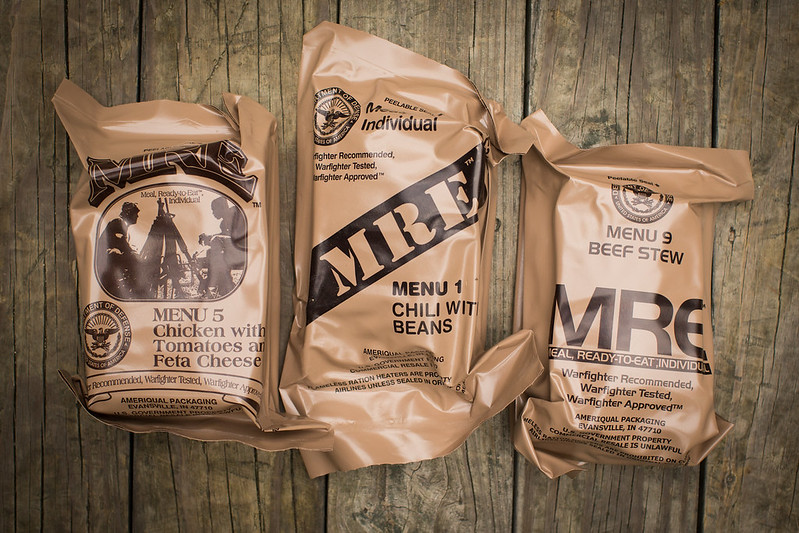When you’re in a hurry, the last thing you want to do is cook. That’s why ready-to-eat meals are so popular – they’re convenient and easy to prepare. However, an important aspect in preparing these is ensuring that they are placed in safe and secured packaging, preventing any spillage while conserving the quality of the food.
In this blog, let’s talk about some of the most common types of ready to eat meal packaging and what you need to know about them.
Retort Pouches
Ready-to-eat meal packaging should prioritize sterility and safety for everyone’s health, and the multilayer design of retort pouches gives just that. The layers are generally polyethylene and aluminum foil, making these pouches suitable for solids, semi-solids, and liquids, even without refrigerating them.
Retort pouches are recommended for foods that will not be consumed immediately, similar to the ready-to-eat meals you see in supermarkets. Most homeowners use retort pouches to prolong the shelf life of certain food kinds, including packed meals for road trips and on planes. Additionally, another benefit of retort pouches is their ability to avoid contamination and flavor destabilization.
Foil Seal Pouches
Foil seal pouches are also great options to seal and package ready-to-eat meals. These pouches come in various sizes and styles, and some also come with a transparent lining in front to allow people to see the food contents inside.
Normally, foil seal pouches come in different layers. The more layers there are, the better the oxygen content and moisture barrier. They can normally store food and prolong its life longer than retort pouches. With this, foil pouches are recommended for food kinds that are less perishable and those that can only stay for short periods.
Depending on the manufacturer, you can customize most foil pouches and add a ziplock feature, improving their sealing and protective capacity.
Cling or Film Wraps
Cling or film wraps are great for low-perishable food products that need to be refrigerated, such as stir fry vegetables and processed meats. Normally, homeowners combine cling wraps with other rigid packing options, and they serve as lids or covers to protect the food.
When used in conjunction with food trays, it’s easier to hold them, preventing any accidental spillage and dripping.
Kraft Paper Packaging
An eco-friendly option is kraft paper packaging. Kraft paper is generally made of wood pulp, making this packaging food-safe, absorbent, and tear-resistant. They’re also compostable packaging, promoting sustainability and environmental friendliness.
This paper packaging is commonly used in bakeries and restaurants because it can basically hold anything – from fish, chips, and pastries. Additionally, kraft paper packaging can absorb and hold steam and grease properly, preventing any bag disintegration when you hand the orders to your customers.
Wax Paper
You would often see wax paper in bakeries because it’s commonly used to wrap baked goods and pastries. However, wax papers are also great options for packaging cooked food because they are highly absorbent and don’t tear easily, thanks to the material’s wax coating. You can use wax paper to wrap fries, burgers, sandwiches, and other ready-to-eat meals, offering easy and convenient handling.
Always Secure Your Ready-to-Eat Meals
When packaging ready-to-eat meals, your hygiene, safety, and health should be top priorities. You need to choose the best packaging material that does not compromise your food while keeping it safe from moisture and contamination, prolonging its shelf life.
Writer bio:

Viena Abdon is a content creator with years of expertise in writing and editing for a variety of businesses. She runs a content writing company and oversees a staff of writers and proofreaders.
For over five years, she has been providing content creation and marketing services to companies of all sizes. Her team is composed of experienced writers, editors, and SEO specialists who can craft the most effective materials that help any business to take new heights.

